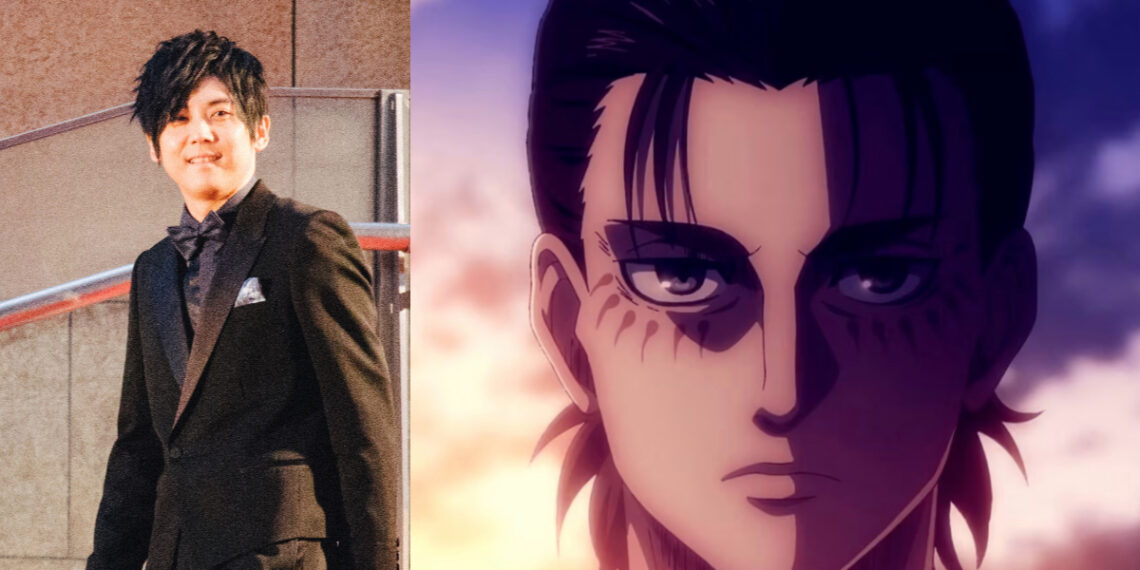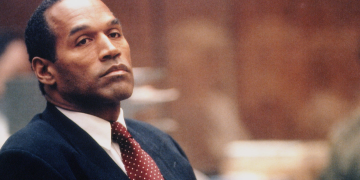Talented voice actor Yuki Kaji, who is the official Japanese voice of Attack on Titan’s Eren Yeager, has expressed frustration regarding the growing use of AI to mimic human creativity and effort.
In an interview, Kaji discussed his discomfort after hearing an AI simulate his voice convincingly. He feels it’s “terrifying” that false clips of him saying or singing things he never actually did could spread rapidly online, potentially deceiving fans.
Kaji sympathizes with fans who enjoy “dream collaborations” via AI as an easy shortcut, bypassing the typical difficulties of getting him to participate.
However, he refuses to accept this use of technology as it takes away from people’s hard work. The appeal for fans lies in the illusion of effortlessly attaining something otherwise requiring major hurdles.
But Kaji stressed that to actually get him to do a cover performance remains a lengthy, arduous process – one that using AI to fabricate his voice belittles.
In the anime industry and beyond, Kaji worries that AI threatens to diminish the value of human effort and creativity.

He vented frustration at how this technology can spread false depictions that incorrectly imply his participation or endorsement.
Kaji finds it unsettling that the internet makes it so easy to propagate AI fabrications pretending to be real.
Stars from Attack on Titan and My Hero Academia Upset about AI Manipulation
Kaji argues that AI voice synthesis doesn’t just dismiss the efforts of voice actors but of all the creators behind anime characters and stories. He feels uneasy that bypassing typical difficulties to achieve “dream collaborations” risks damaging pride in their work.
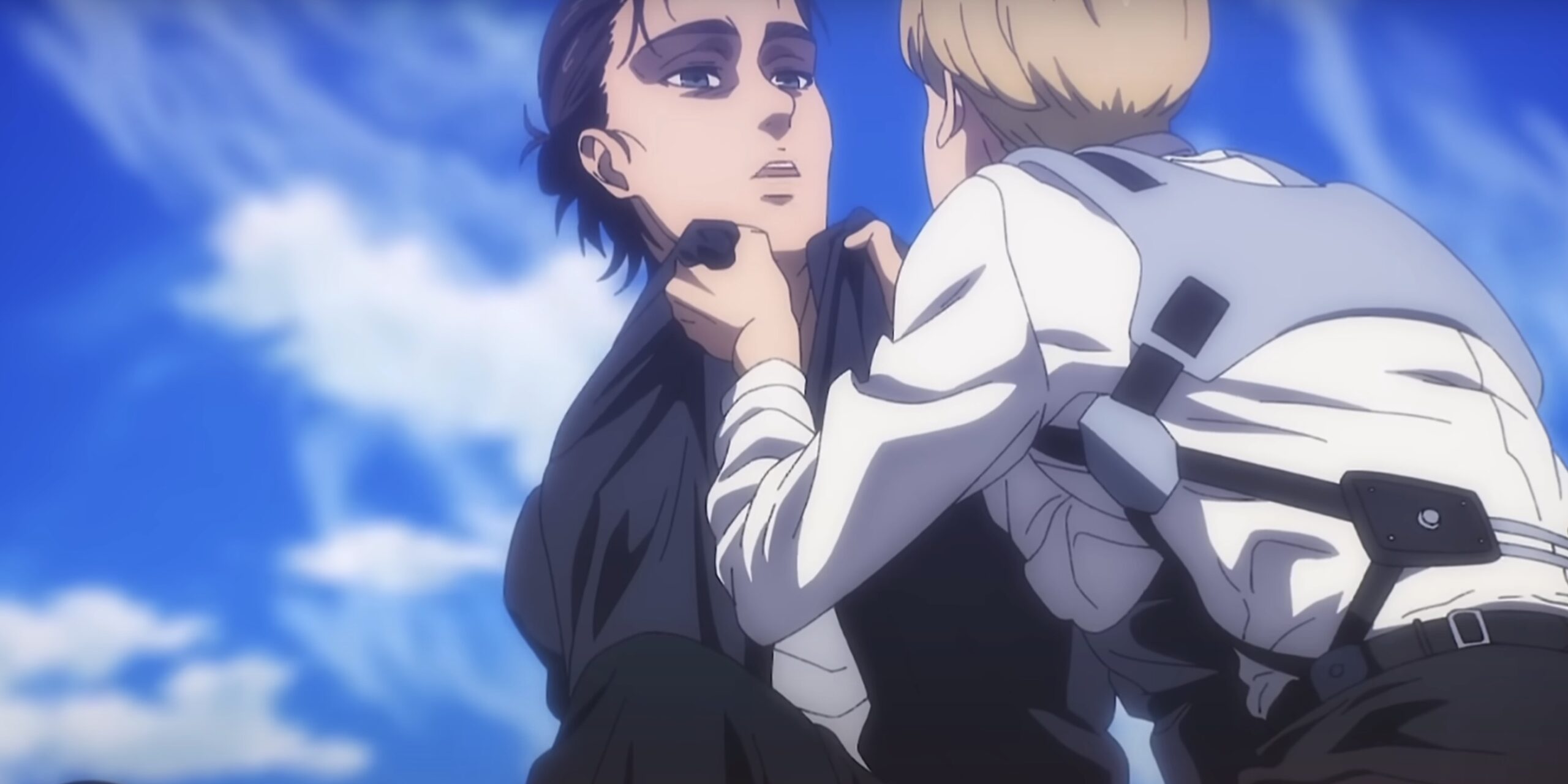
It’s not only Kaji’s voice being fabricated. The characters he voices, like Shoto Todoroki and Eren Yaeger, only exist thanks to the ideas, designs, and careful storytelling of entire creative teams.
When AI toys with those cherished characters for novelty’s sake, treating them as playthings rather than profound narrative art, it belittles the devotion that went into anime worldbuilding.
To Kaji, anime reflects love and inspiration that should be respected, not exploited. By selfishly dismissing the feelings embedded in these characters for superficial AI stunts, it severely lacks consideration and appreciation for creators’ emotional investment.

Even if AI might produce novel amusement for some, by fabricating media without consent, it disregards creators’ sense of intimate connection to their art.
Kaji stresses that anime is not just disposable entertainment to manipulate however one wishes. Creators pour their hearts into forming beloved, meticulously constructed characters.
AI’s dismissal of their creative pride and dignity disappoints those who cherish the incredible care anime receives when made properly.
Workarounds circumventing artistic integrity demonstrate little actual respect or understanding for the medium.
Seiyu Kaji Yuki Urges Ethical Reflection
Kaji acknowledges that the fear of new technology may impede AI progress. However, he stresses the need for his generation to contemplate appropriate AI use very carefully, focusing less on weighing pros and cons and more on ethical implications.

The growing trend of training AI on abilities that took humans years to hone increasingly polarizes creatives worldwide.
For example, voice actor Kaiji Tang, who plays Gojo Satoru in Jujutsu Kaisen, opposes industry deals he feels lack safeguards protecting talents’ interests regarding AI usage.
The ethics of using AI to fabricate human voices and likenesses without consent preoccupies many.
In the past months, multiple voice actors have spoken out about unauthorized AI replication of their vocal performances.
The technology races ahead, yet protocols balancing innovation with creators’ rights lag behind.
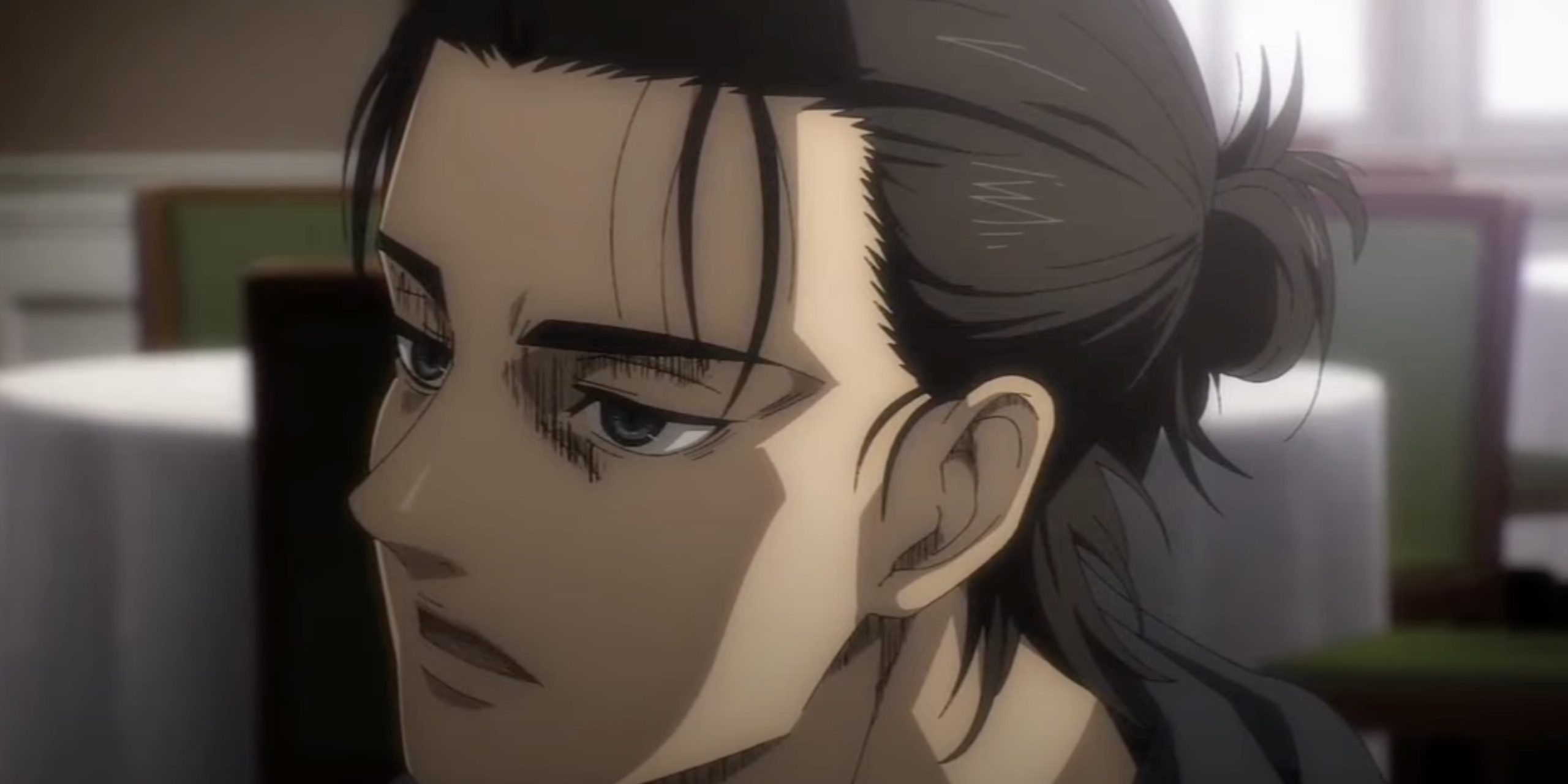
Kaji argues that rather than calculate AI risks versus rewards, his generation must determine what morally acceptable creation and propagation of human-mimicking media is.
As AI steadily masters abilities reflecting actors’ lifelong dedication, the ethical dilemmas simmer. Some may celebrate novelty over consent or labor devaluation concerns.
However, Kaji emphasizes thoughtfully weighing what AI adoption means for respecting the years of effort that built the foundation it learns from without permission. The discussions stir, he says, but the moral reckoning lags.
AI’s Impact on Fan Autonomy and Trust in the Creative Sphere
As AI art generation advances, even devoted fans of creative works are struggling to distinguish between real human artistry and machine imitation. This arguably strips fans of the autonomy to choose what media to support based on its origins.
For instance, accusations of using AI art recently went viral against Rui Araizumi, a manga artist for The Slayers franchise.
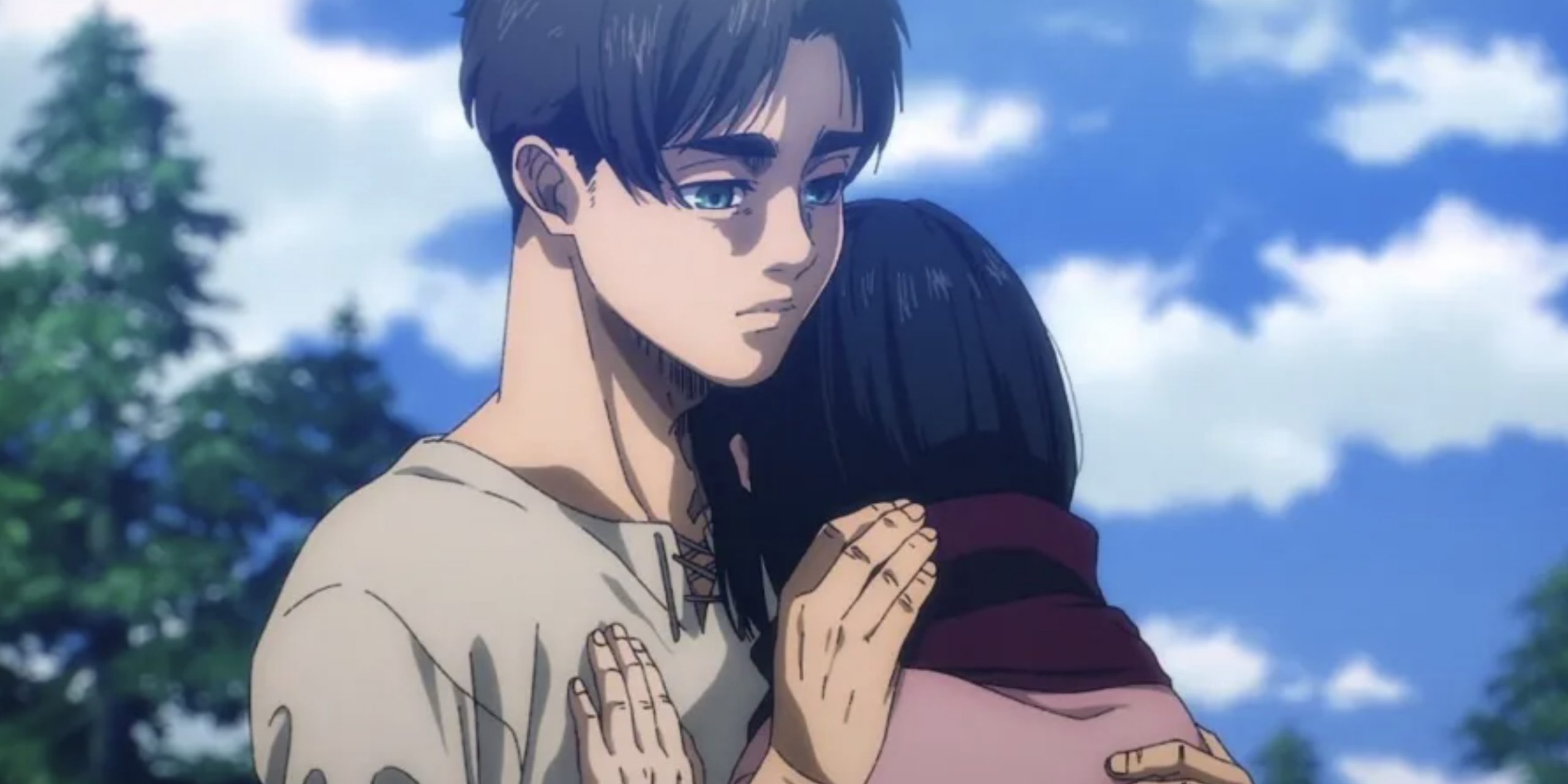
Despite his denials and career investment, many insisted his techniques looked artificially produced.
Additionally, video game developer Bandai Namco faced backlash when fans suspected AI voice replication rather than the actual anime voice cast was used in a new Naruto game.
In both cases, suspicion of AI origins sparked controversy, even if mistaken. Some fans felt deceived, and voice actors were disrespected.
This illustrates the spreading unease around AI perfectly copying human creativity without transparent consent.
When audiences cannot decipher the difference, it undermines their ability to selectively value the efforts of artists over impersonator algorithms.
As Kaji emphasizes, ethical considerations around AI usage in media lag behind the accelerating tech.
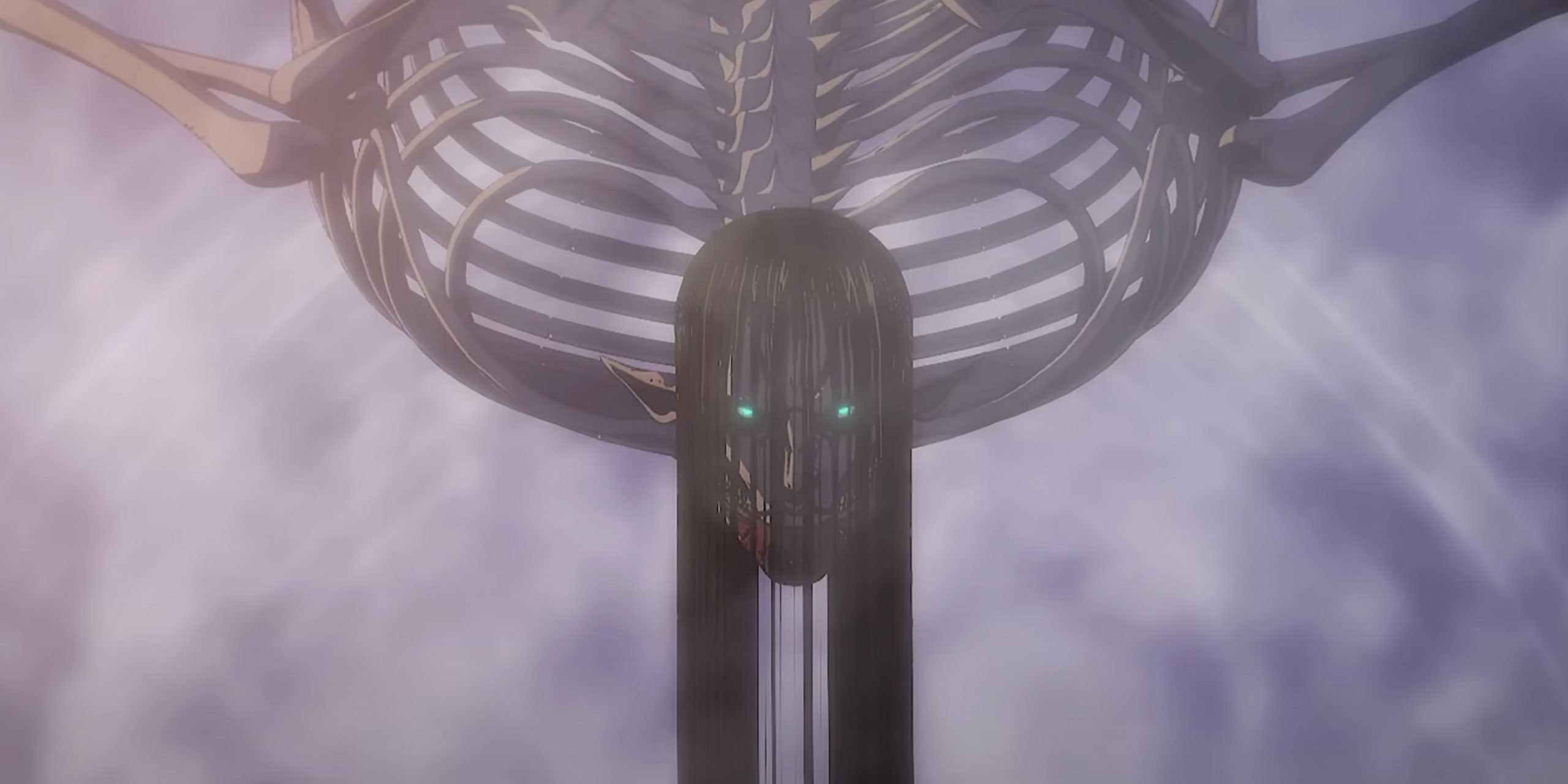
While AI art generates novelty and stokes debates, it simultaneously erodes public trust in authenticity while leaving creatives like Araizumi defending their humanity.
For devoted fans like those upset with the Naruto game, consent matters along with the integrity of the worlds and voices that drew them in emotionally.
Yet AI muddies the waters surrounding what respects creative talents’ dignity versus what exploits their works without permission simply because the technology now allows it.
Divergent Views in the Arts Community on AI’s Role in Creativity
While some view AI creativity as an unavoidable new reality to embrace, opinions remain divided within arts communities.
For example, the MANGA Plus platform recently unveiled Comic Copilot – an AI tool intended to boost human creators’ workflows by helping generate ideas, names, and dialogue.
However, legendary anime director Hayao Miyazaki condemned overreliance on AI as “an insult to life itself,” reflecting unease around technology replacing human imagination and effort.
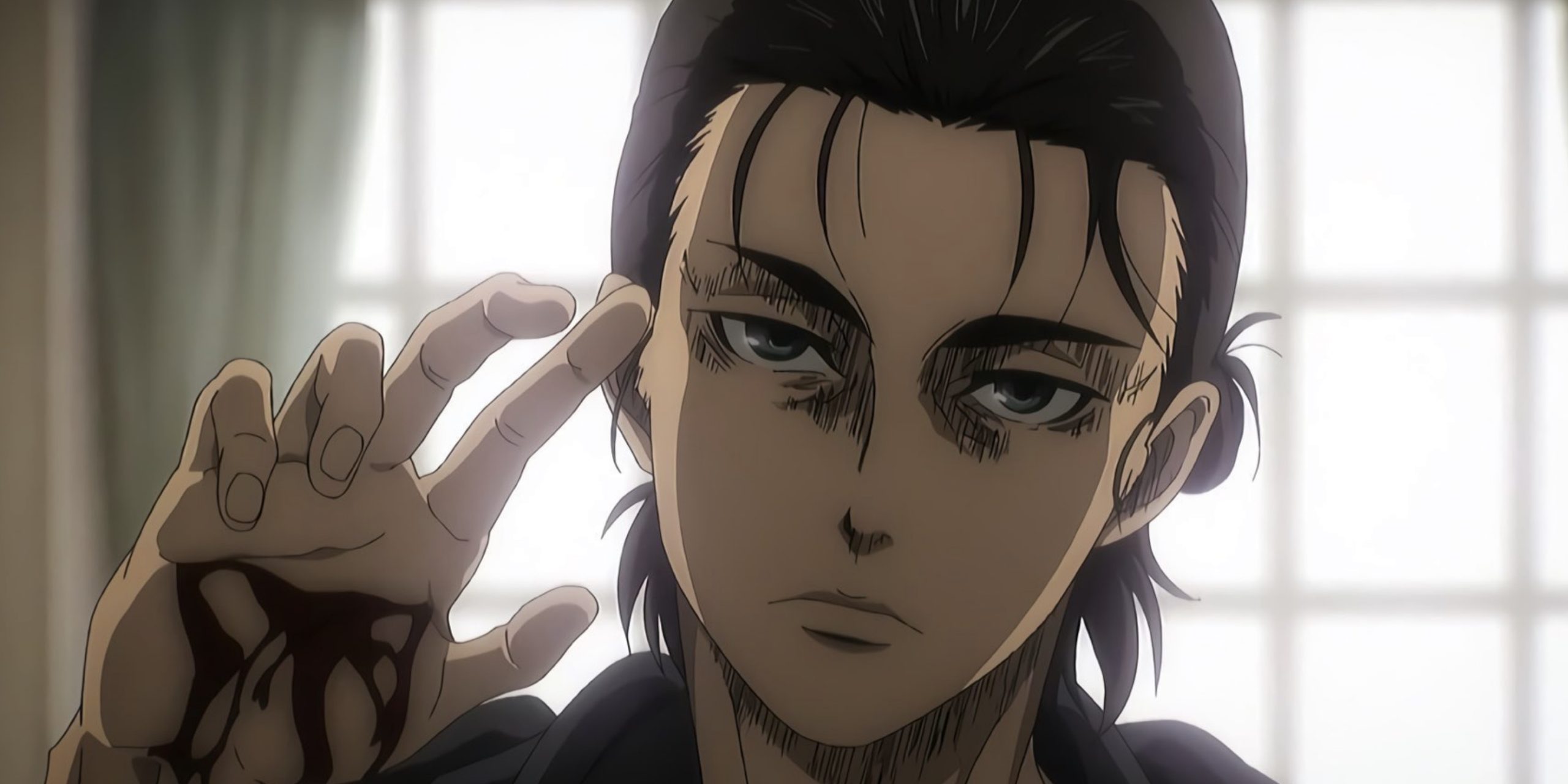
Seeking a middle ground, voice actor Yuki Kaji initiated his own Soyogi Fractal project to integrate AI and Blockchain technology ethically for voice synthesis transparency after retirement.
This decentralized platform lets users access an AI replicating Kaji’s voice while certifying its origin via Blockchain ledgers. Kaji thereby balances consent, creativity, and career longevity concerns.
The debates continue around AI balancing creative augmentation versus replacement. While MANGA Plus adopts assistance tools to maximize human potential, Miyazaki and others argue society risks losing touch with what humanity already achieved.
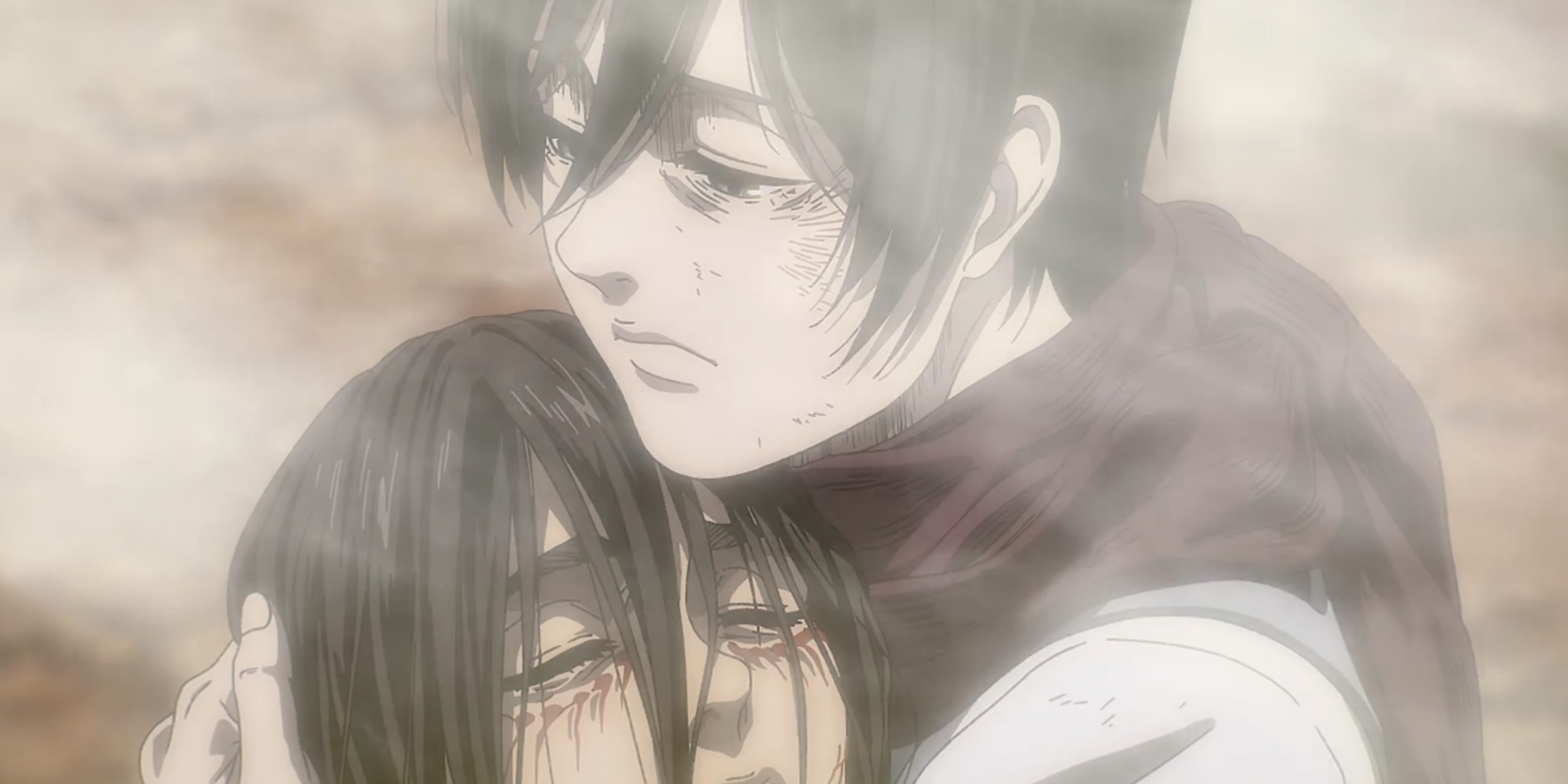
Against fears of technology deskilling arts while enabling violations of consent and ownership, Kaji’s platform suggests ethically co-existing with AI by certifying its relationship to the human source.
There may be middle paths forward. But friction will likely persist around AI’s proper role, given sensitivities about diminishing uniquely life-born imagination and expression.
Anime’s AI Dilemma
A clear divide has emerged between veteran anime directors and other industry professionals regarding integrating AI tools into the creative process.
During a discussion at Annecy Festival 2022, directors Keiichi Hara and Tomohisa Taguchi controversially argued that AI could beneficially substitute for animators they felt were sometimes “lazy.”
Unlike many of their colleagues expressing apprehension, Hara and Taguchi highlighted AI’s tirelessness and lack of human limitations as advantages.
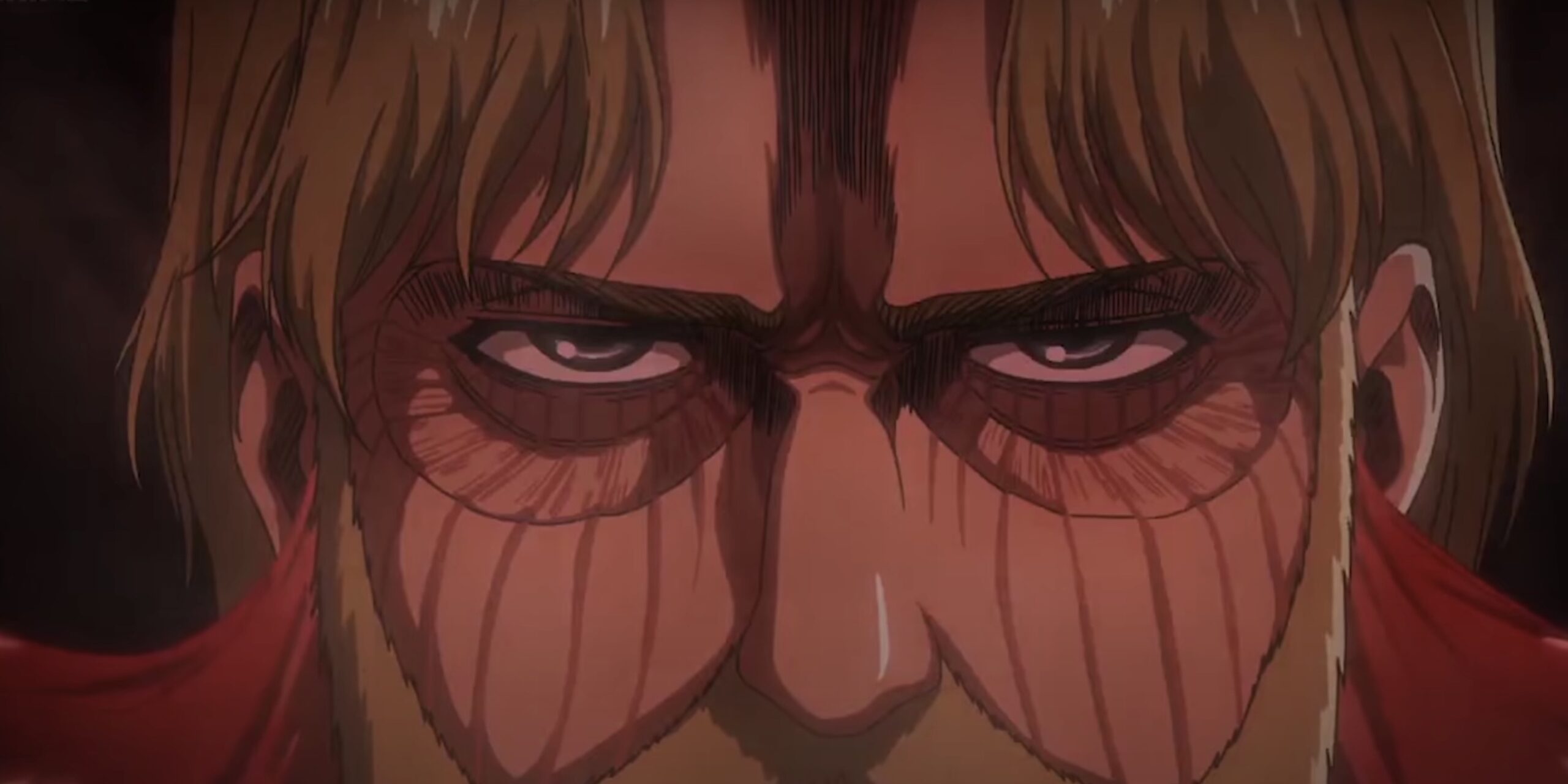
They implied automated animation creation may be well-suited to pick up the slack for animators limited in output by needing breaks.
Their perspective suggests established directors feel less hesitance about ceding animation work to algorithms able to operate 24/7.
However, the opposing view emphasizes caution around AI’s impact on employment and originality in the arts.
While AI promises production efficiencies, anxiety simmers about it stifling jobs and uniquely human creativity that technology simply cannot replicate.
Younger generations, less entrenched than veterans, may particularly worry about reliance on algorithms that never sleep, get tired, or require healthcare-erasing opportunities.
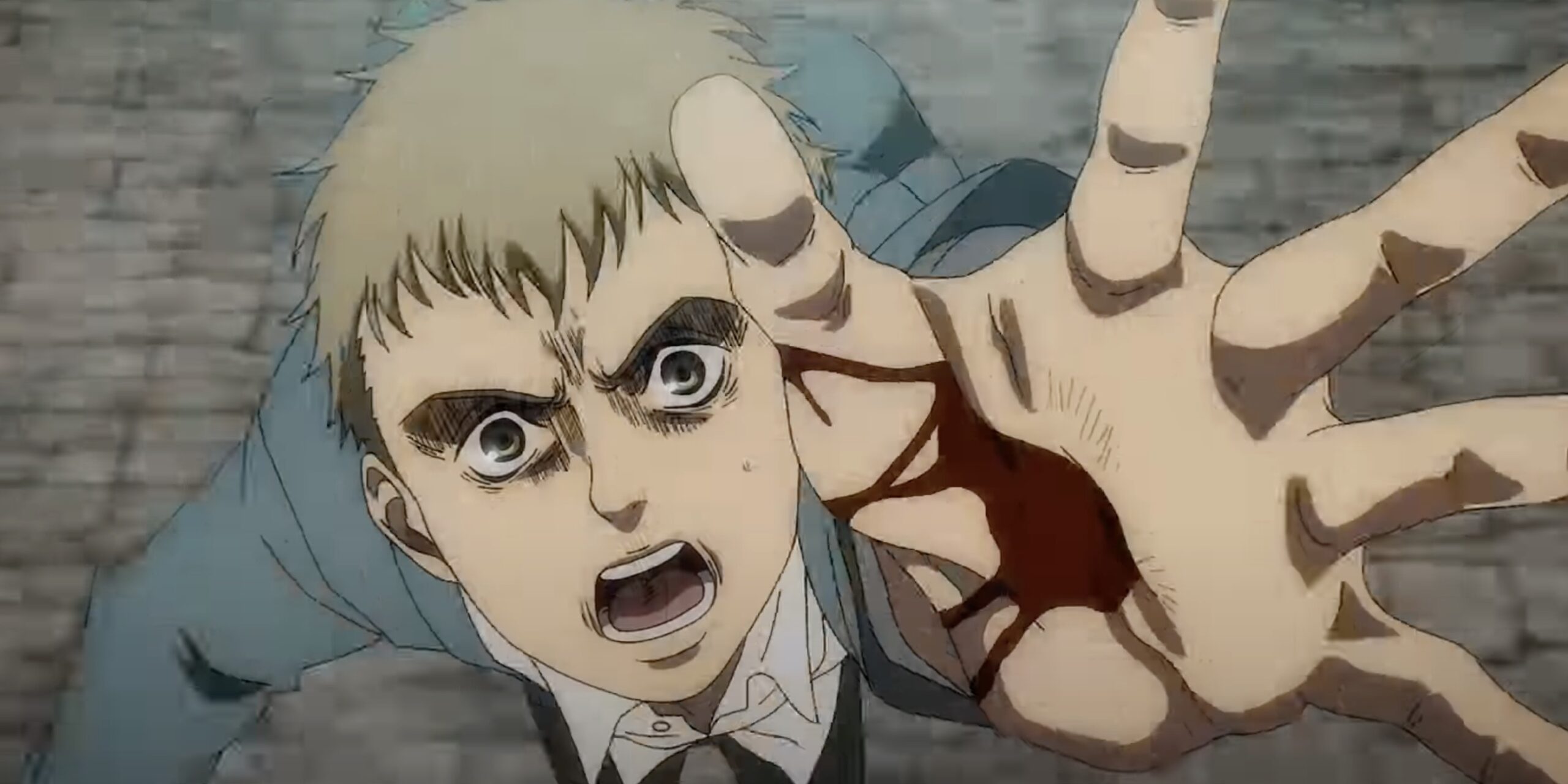
This ongoing debate speaks to larger unresolved questions as anime explores appropriate AI collaboration. How can human imagination and machine precision balance?
Does trading animate individuality for flawless AI output come at too steep a cost? The answers remain complex.
But contrasting generations clearly disagree on whether emergent technologies should solely play assistant roles or ultimately replace fatigued creators altogether in anime’s distinctive production pipeline.
Hara’s AI Advocacy Sparks Backlash
Veteran anime director Keiichi Hara’s positive stance towards utilizing AI in animation has stirred intense reactions among anime fans.
His remarks labeling some animators as “lazy” come amid wider debates about AI’s role in creative fields like animation.
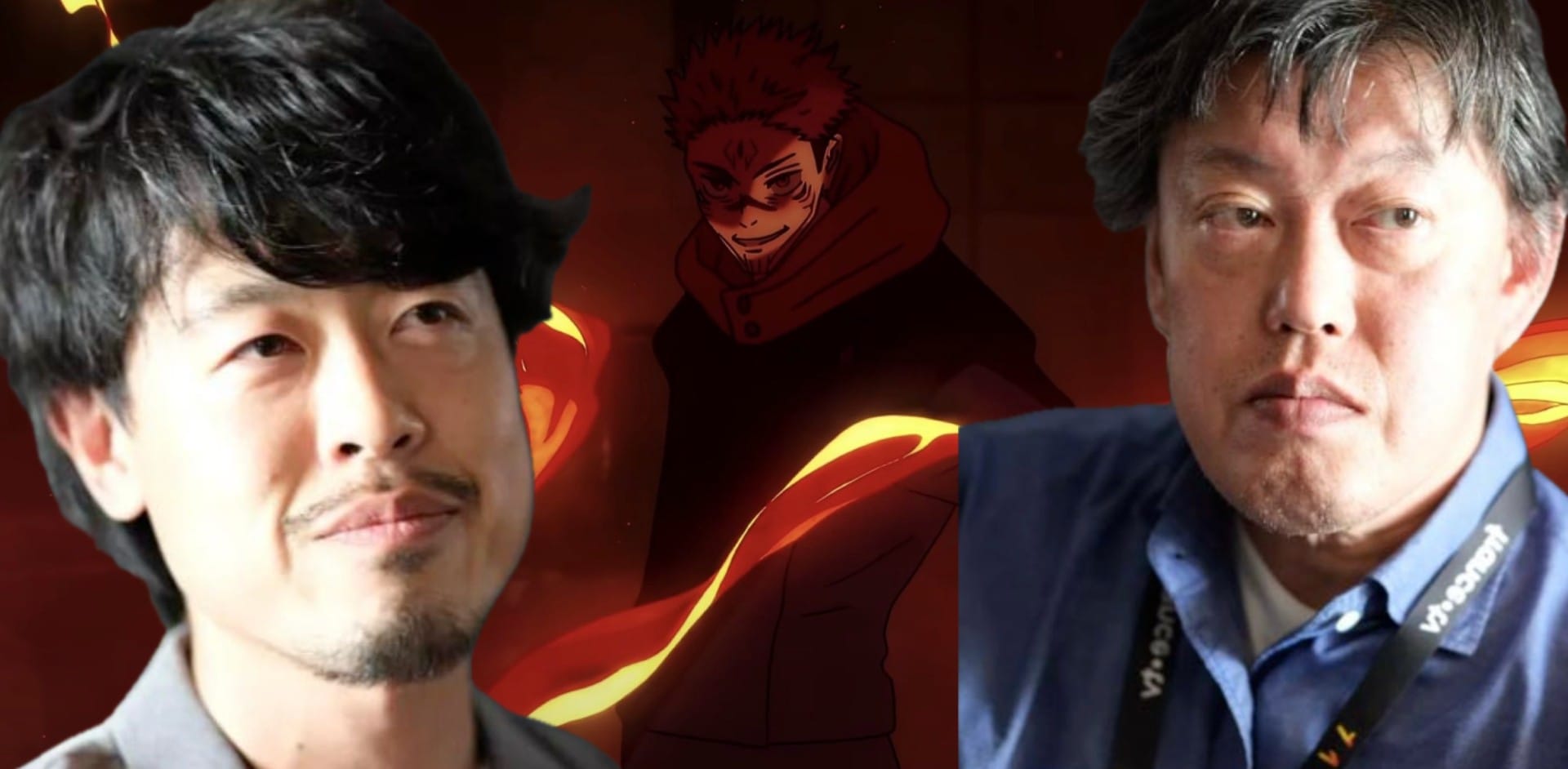
Specifically, Hara acknowledged the complexity of anime production, which can lead to perceived inadequate effort from certain animators who do not contribute as expected within tight budgets and timelines.
However, many fans felt this “lazy” characterization was deeply unfair by such an influential industry figure.
Instead, they argue Hara should have exercised more prudence and empathy when discussing employment issues, especially given the recent spotlighting of heavy workloads and insufficient compensation that many animators face.
From this view, Hara’s statements seemed to blame individual workers rather than systemic pressures or limitations on resources and scheduling that impact output and retention.


